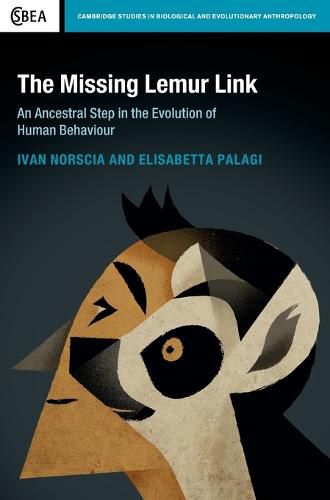Readings Newsletter
Become a Readings Member to make your shopping experience even easier.
Sign in or sign up for free!
You’re not far away from qualifying for FREE standard shipping within Australia
You’ve qualified for FREE standard shipping within Australia
The cart is loading…






Lemurs share a common distant ancestor with humans. Following their own evolutionary pathway, lemurs provide the ideal model to shed light on the behavioural traits of primates including conflict management, communication strategies and society building and how these aspects of social living relate to those found in the anthropoid primates. Adopting a comparative approach throughout, lemur behaviour is cross-examined with that of monkeys, apes and humans. This book reviews and expands upon the newest fields of research in lemur behavioural biology, including recent analytical approaches that have so far been limited to studies of haplorrhine primates. Different methodological approaches are harmonised in this volume to break conceptual walls between both primate taxa and different disciplines. Through a focus on the methodologies behind lemur behaviour and social interactions, future primate researchers will be encouraged to produce directly comparable results.
$9.00 standard shipping within Australia
FREE standard shipping within Australia for orders over $100.00
Express & International shipping calculated at checkout
Lemurs share a common distant ancestor with humans. Following their own evolutionary pathway, lemurs provide the ideal model to shed light on the behavioural traits of primates including conflict management, communication strategies and society building and how these aspects of social living relate to those found in the anthropoid primates. Adopting a comparative approach throughout, lemur behaviour is cross-examined with that of monkeys, apes and humans. This book reviews and expands upon the newest fields of research in lemur behavioural biology, including recent analytical approaches that have so far been limited to studies of haplorrhine primates. Different methodological approaches are harmonised in this volume to break conceptual walls between both primate taxa and different disciplines. Through a focus on the methodologies behind lemur behaviour and social interactions, future primate researchers will be encouraged to produce directly comparable results.